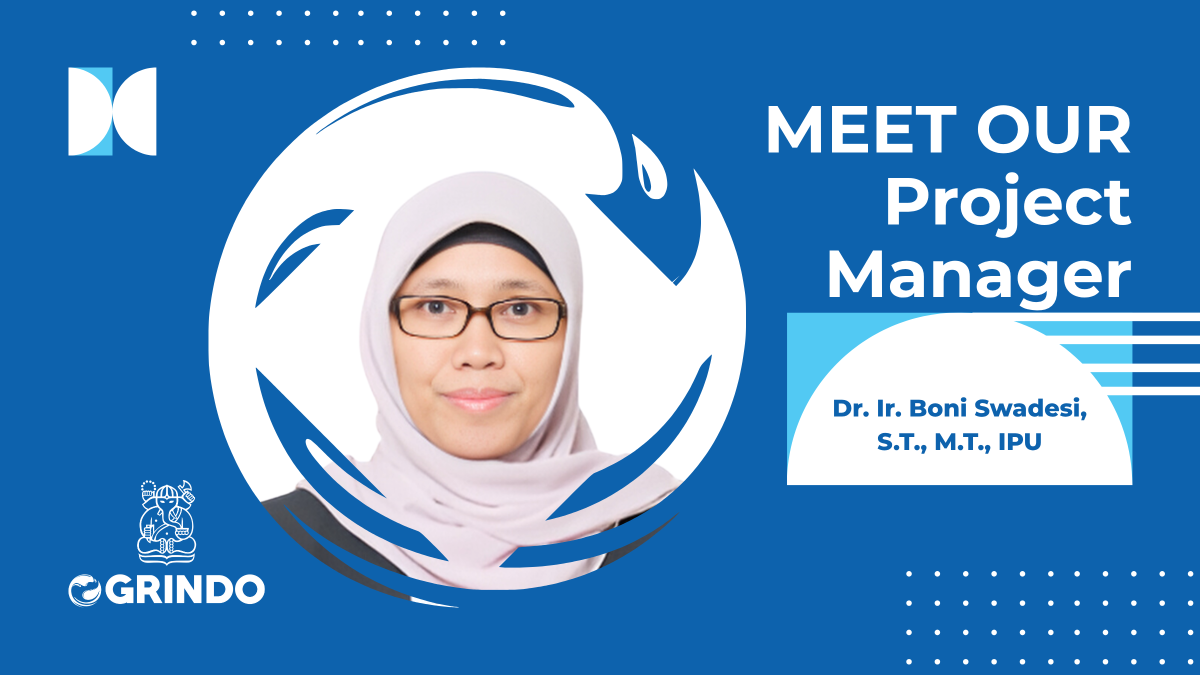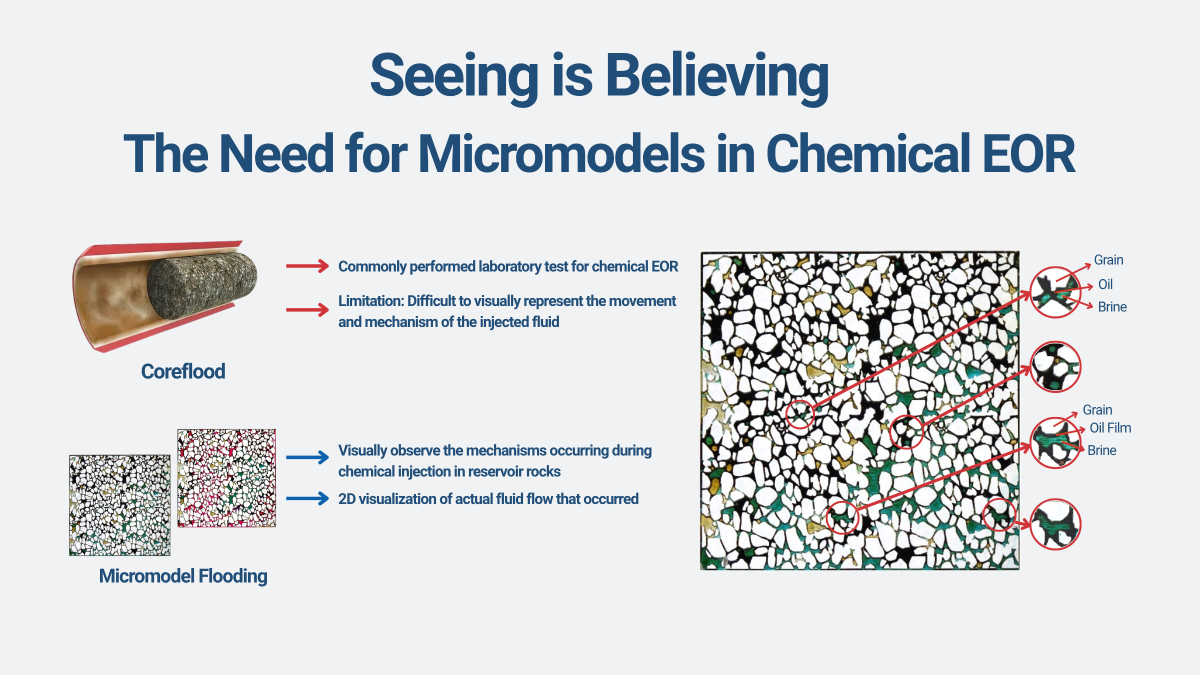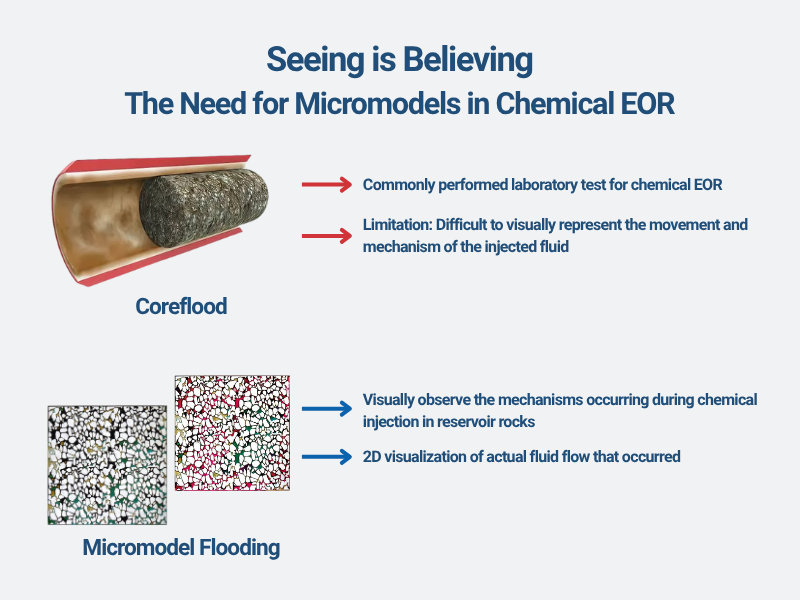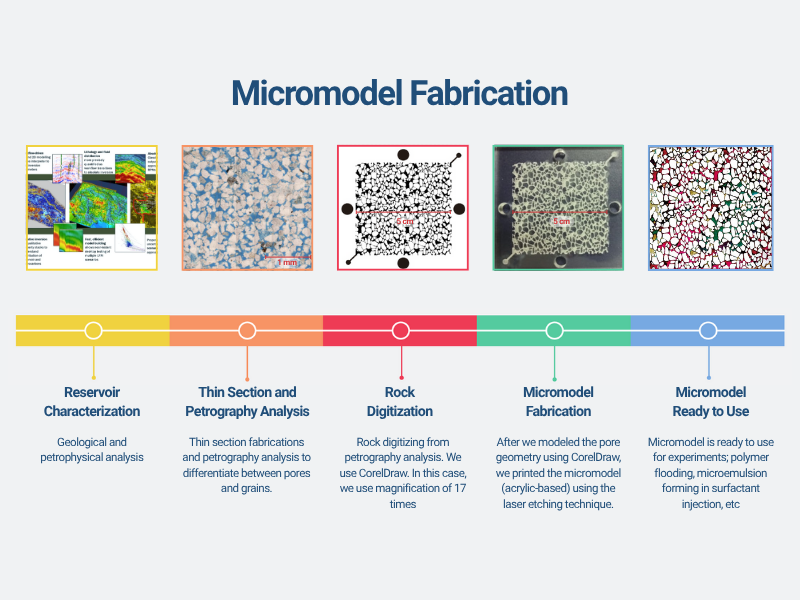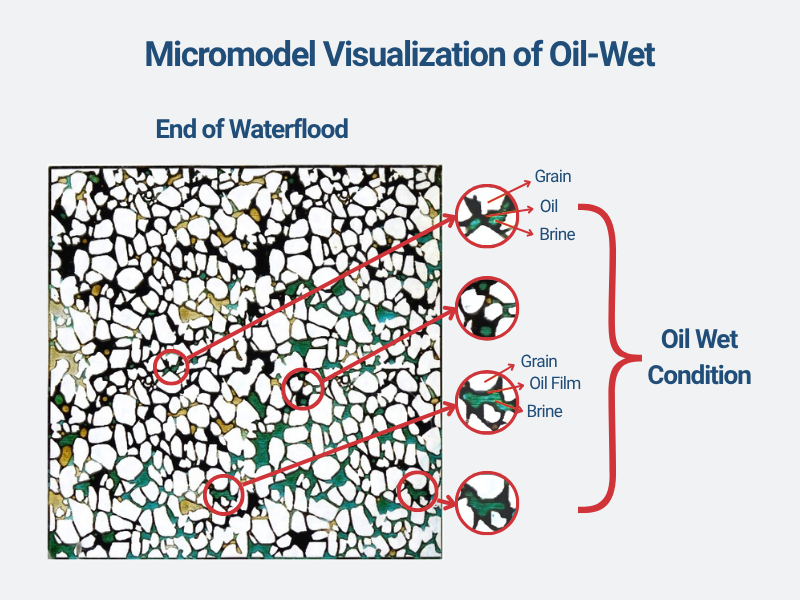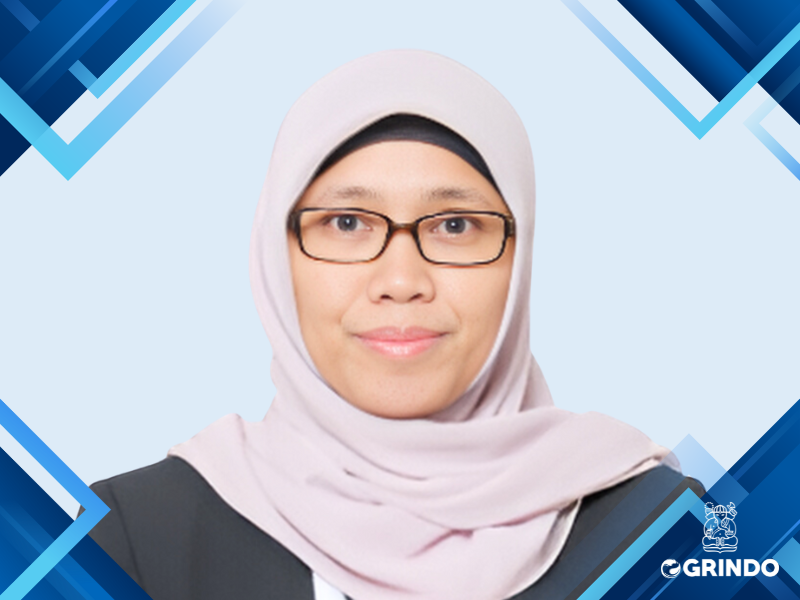
With more than two decades of experience in petroleum engineering, Dr. Ir. Boni Swadesi, S.T., M.T., IPU is one of the key figures behind the advancement of research and development of Enhanced Oil Recovery (EOR) technology in Indonesia. Currently, she serves as the Project Manager of OGRINDO ITB, coordinating various research projects and strategic collaborations between academia, industry, and research institutions to promote the sustainable application of EOR technology.
🧠 Educational and Scientific Background
Dr. Boni earned her Bachelor’s degree in Petroleum Engineering from UPN “Veteran” Yogyakarta, the university where she now serves as a lecturer and also as the Head of the Petroleum Engineering Department. Her passion for research led her to continue her Master’s and Doctoral studies at the Institut Teknologi Bandung (ITB), both in Petroleum Engineering.
Her research focuses on the integrated surfactant injection mechanism for light oil in sandstone reservoirs, as well as the development of 1D and 2D polymer injection models to evaluate the squeezing and sweeping mechanisms in the EOR process.
⚙️ Professional Contributions and Achievements
As both an academic and practitioner, Dr. Boni is actively involved in various leading research projects at EOR Lab ITB, LAPI ITB, and OGRINDO ITB. Some of the key projects she has led or coordinated include:
- Field Trial Polymer Injection at the Tanjung Field – Pertamina EP, covering implementation, evaluation, and field monitoring.
- Chemical EOR Optimization Study for Kaji Semoga Field (PT Medco E&P) and Kenali Asam and Tempino Fields (PT Pertamina EP).
- Formulation and Development of Micromodel cEOR, a miniature technology for laboratory-scale chemical injection studies that has become one of ITB’s flagship research facilities.
As a productive researcher, Dr. Boni has contributed to numerous scientific publications in both national and international journals, discussing topics such as reservoir fluid behavior, reservoir mechanics, and the development of experimental and numerical models for chemical injection optimization.
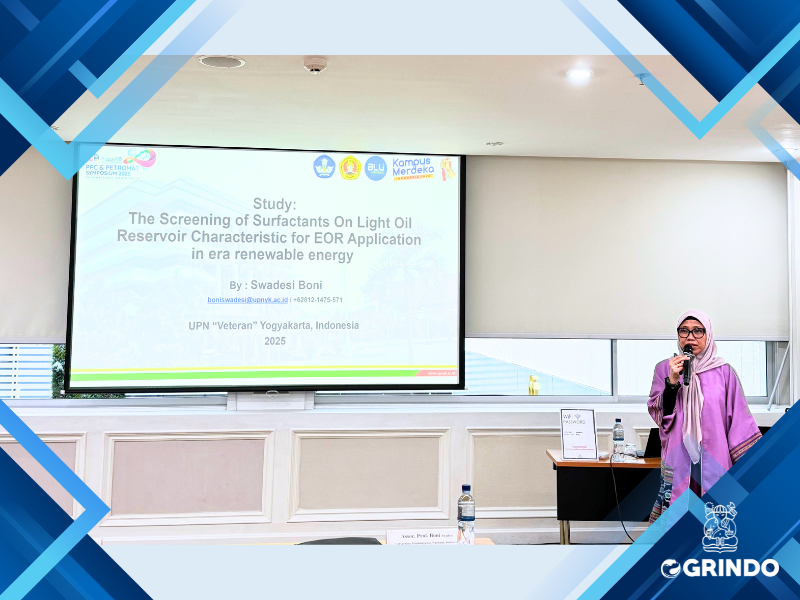
🤝 Strategic Role at OGRINDO ITB
In her capacity as Project Manager of OGRINDO ITB, Dr. Boni plays a vital role in strengthening OGRINDO’s position as a platform for national energy research and innovation collaboration. She ensures that every research effort does not stop at the laboratory stage but can be implemented in the field to enhance national energy productivity and efficiency.
In addition, Dr. Boni actively fosters strategic partnerships with oil and gas industries such as Pertamina Subholding Upstream and Medco E&P, while also promoting the integration of EOR research with the development technology of Carbon Capture, Utilization, and Storage (CCUS).
🌱 Dedication to Education and Innovation
Amid her busy schedule, Dr. Boni remains committed to mentoring students and young researchers in reservoir engineering and chemical EOR. For her, the success of research is not only measured by technical outcomes but also by the ability to nurture a new generation of competent, ethical, and sustainability-minded energy engineers.
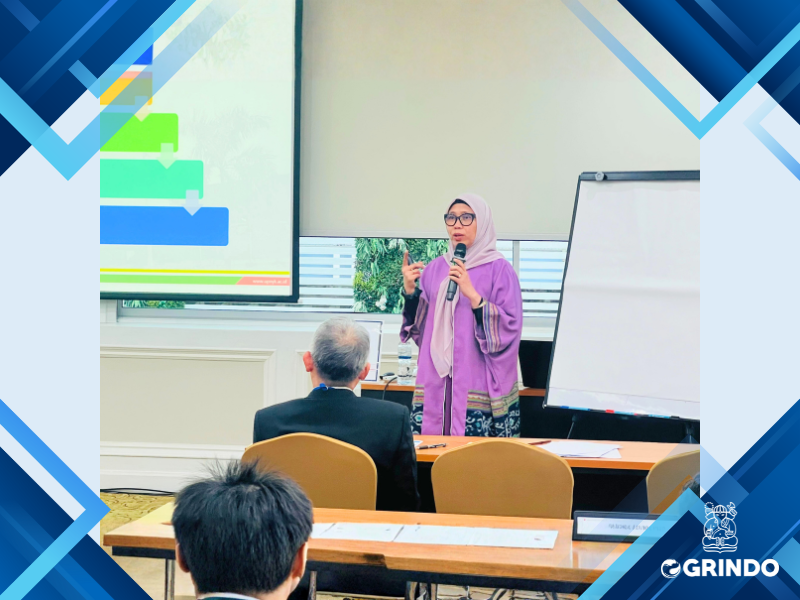
With a collaborative spirit and strong vision, Dr. Ir. Boni Swadesi, S.T., M.T., IPU stands as a true example that research and innovation can move hand in hand to support national energy independence and strengthen Indonesia’s position in the development of sustainable oil and gas technologies.


